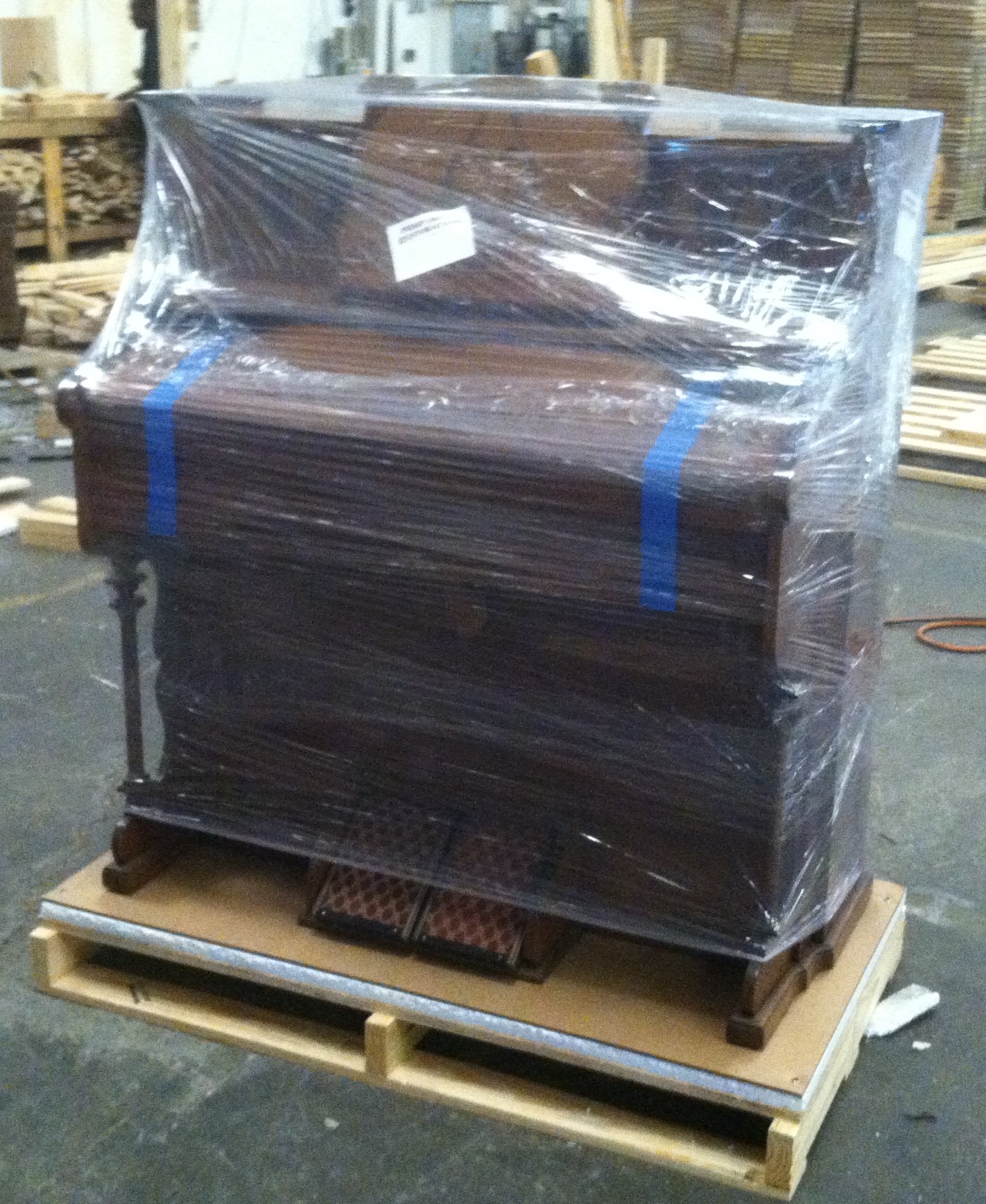|
Antique Organs |
Antique Organs |
Do You Have Questions About Your Pump Organ?If you have questions about your pump organ, you’re welcome to email me at rodfudge@bellsouth.net In addition, you may also email me a couple of pictures of your organ along with your questions and comments. Once I can see what you’ve got, then I can do better job of helping you. For example, what’s your organ worth, or something about the manufacturer, the date it was built, and what it will take to restore your organ back to the way it was when it first left the factory. In addition, try and include the name of your organ, as well as the serial number (quite often located in the upper left side of the back panel). It may also be located inside on the reed-pan, sometimes called the sound board (for this, you’ll need to remove the back panel). Remember serial numbers are different from patent numbers and factory assembly numbers. Serial numbers generally have five or six numbers to them. As you can imagine, pump organs vary in many ways, like size, cabinetry, does it have a hutch or canopy (an upper part that sits on top of the main organ), number of mirrors, shapes of mirrors, number of keys, number of octaves, number of stops (the things you pull out in order to make some sound), number of ranks (does it have one or two rows of keys) and then there are the reeds (those little brass things that you can’t see that make all the noise). Does your organ have all its parts? In many cases missing parts can be replaced from my “parts stock” of other organs of the same or similar make and model, or I can generally make them. Almost every pump organ I’ve run across is in need of some kind of professional restoration work. Organs are made up of several materials: hard woods, leather, felt, cloth, different kinds of metal, ivory, paper, quite a bit of glue, a lot of screws and hopefully not too many nails. |
Click Here & Email Me Your Questions
Learn more about the Customer's Restoration Photo Album CD!
(click picture to view)
See my crate building process for shipping restored organs

KI4LUK
Pump Organ Restorations
Rod Fudge, Owner and Technician
www.pumporganrestorations.com
All content Copyright © 2009-2023 Pump Organ Restorations · All Rights Reserved · Site Map
Hosted by Bluehost

